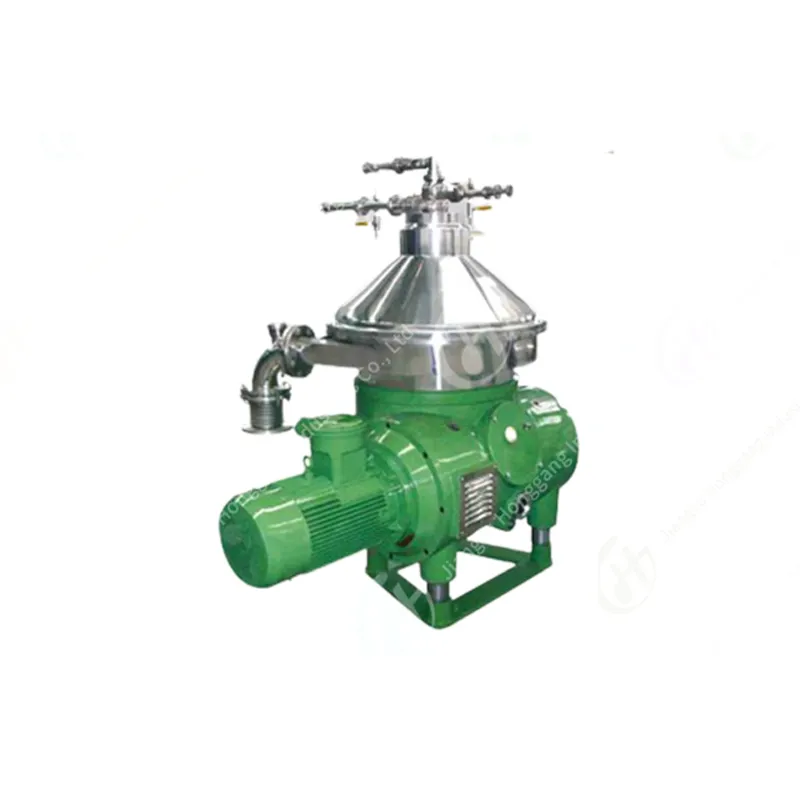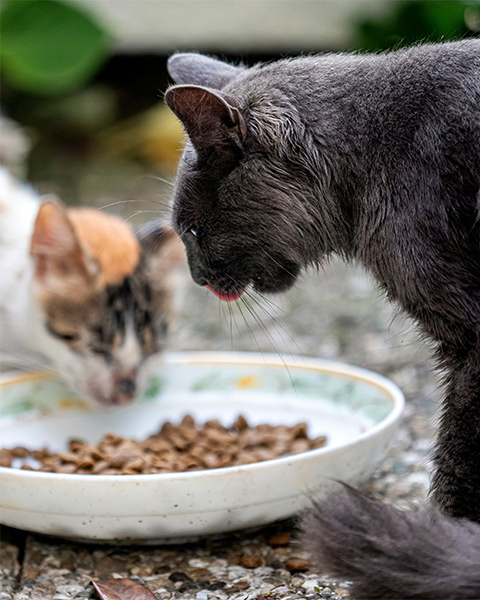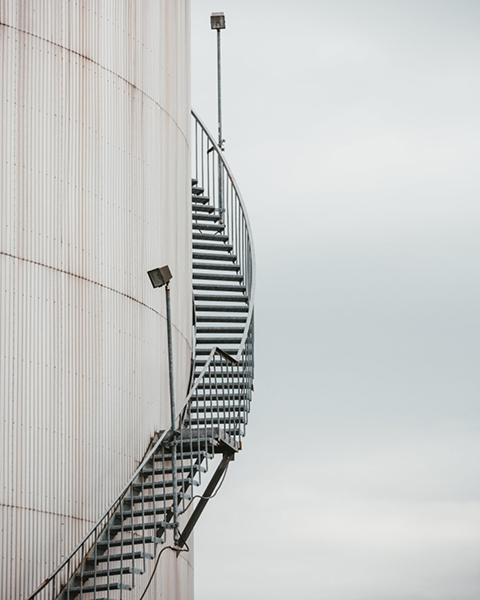Exploring the Environmental impact of seed presses
2025-04-22
Exploring the Environmental impact of seed presses
In modern agriculture and industry, seed presses have become a key equipment and are widely used in the processing of oil crops. However, their impact on the environment during the production process has increasingly attracted social attention. This paper aims to start from the working principle of seed presses, analyze its various environmental impacts during operation, including energy consumption, waste disposal and ecological damage, and propose response strategies and improvement measures through rigorous analysis, aiming to reduce the Environmental impact of seed presses and promote sustainable development.
With the advancement of global agricultural technology, the frequency and scale of seed presses are constantly expanding. However, the environmental problems brought about by this technological advancement are also gradually emerging. The environmental impact of seed presses involves not only the pollutants they directly emit, but also their indirect impact on the ecosystem during operation. We will analyze the Environmental impact of seed presses in detail and propose corresponding solutions.
Energy consumption of seed presses
Seed presses consume a lot of electricity or fossil fuels when working, which not only directly increases energy consumption, but also indirectly leads to the emission of greenhouse gases such as carbon dioxide. Energy consumption is particularly significant when processing large quantities of oil crops. Studies have shown that adopting efficient energy management strategies, such as using energy-saving equipment and optimizing process flows, can significantly reduce energy consumption and carbon emissions.
In order to reduce the carbon footprint of seed presses, the use of renewable energy sources, such as solar energy, wind energy and biomass energy, is an effective way. In addition, energy consumption can also be reduced through technological improvements, such as using more efficient press designs and optimizing heating systems.
Seed Pressing Waste
During the seed pressing process, the treatment of by-products such as residues and waste oil has become a key point in environmental protection. If not handled properly, these wastes may pollute soil and water sources and cause serious ecological damage. By reusing waste, such as converting residues into organic fertilizers or converting waste oil into biofuels, waste can be recycled and environmental pollution can be reduced.
Ecosystem Protection
The operation of seed presses may damage the surrounding ecological environment, including damage to plants, animals and soil structure. The ecological environment can be effectively protected by rationally arranging seed presses, reducing interference with the natural environment, and restoring affected ecosystems through ecological restoration technologies.
Through a comprehensive assessment of the environmental impact of seed presses, we found that although its application in agriculture and industry is indispensable, its impact on the environment cannot be ignored. Through the comprehensive application of a variety of measures, its environmental burden can be significantly reduced.
The future development of seed press technology should be oriented towards a more environmentally friendly and sustainable direction. Through scientific and technological innovation, improving equipment efficiency, optimizing waste treatment, and achieving clean production are the development directions of seed presses in the field of environmental protection.
Environmental impact of seed presses is a complex and multifaceted issue that needs to be analyzed and addressed from multiple angles. Through the research in this article, we have proposed a series of strategies and measures to mitigate its environmental impact, hoping to provide useful reference and guidance for related industries. The future development of seed pressing technology should not only focus on its production efficiency, but also pay attention to its environmental friendliness to achieve true sustainable development.




